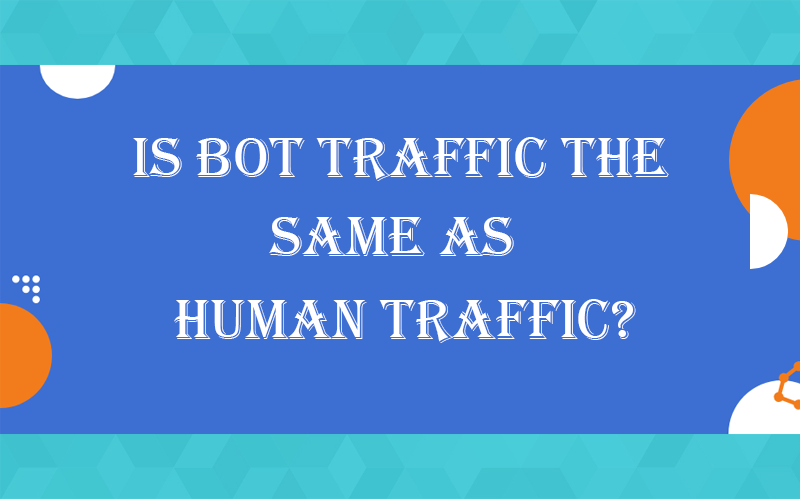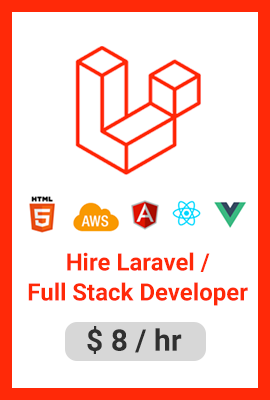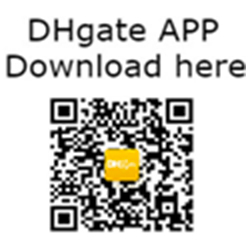A bot is a robot that visits a website or uses an app without the involvement of humans. This type of traffic is usually associated with negative connotations but isn’t always as bad as it appears. In general, bot traffic falls into two categories: good and bad.
Good bot traffic:
- The bots that scan your content (known as Google bots or web crawlers);
- Automated chat programs, such as Jivochat (these bots include prepared answers when visitors ask a question on your site);
- indexing by search engines.
Traffic generated by bad bots:
- Comment spammers who include malicious links in their comments;
- bots that alter your website and prevent users from accessing it;
- Your website’s statistics can be impacted by unauthorized web crawlers which generate click fraud;
- Bots that click on your ads automatically but aren’t real.
A bot network (aka botnet) is usually responsible for bot traffic. It is a bunch of PCs tainted by malware heavily influenced by a solitary going after-party, known as the “bot-herder.”
Typically, bots are made to supplant human action that rehashes monotonous undertakings, for example, replicating and posting remarks, promotion clicking, and different exercises related to malvertising assaults.
The most effective method to reject bot traffic from Google Analytics
There are three different ways you can eliminate bot traffic from your Google Analytics information. To start with, and this is by a long shot the least demanding way, you can check the “reject all hits from known bots and bugs” when you go to the View Settings in the Admin area.
Disclaimer: clicking that button will just eliminate bots starting there forward and won’t change any of the information you gathered up to that point.
Second, you can make a channel to bar any dubious traffic you’ve distinguished. You can do as such by making another View where you’ve uncontrolled your bot setting and where you’ve added a channel that bars dubious traffic, utilizing factors like city, IP, ISP, hostname, source name, and so on Test the channel to check whether it works and afterwards apply it to your Master View.
Third, you can utilize the Referral Exclusion List, which you can find under Tracking Info in the Property segment of the Admin area. This rundown empowers you to avoid areas from your Google Analytics information. So assuming you’ve distinguished dubious spaces, you can eliminate them from your future information by adding them to this rundown.
How could bot traffic be awful for business?
A few sites can be monetarily disabled by noxious bot traffic, regardless of whether their exhibition is unaffected. Destinations that depend on publicizing and locales that sell the stock with restricted stock are especially defenceless.
For destinations that serve promotions, bots that land on the site and snap-on different components of the page can set off counterfeit advertisement clicks; this is known as snap extortion. While this may at the first outcome in a lift in promotion income, web-based publicizing networks are truly adept at distinguishing bot clicks. Assuming they speculate a site is submitting click extortion, they will make a move, ordinarily through prohibiting that site and its proprietor from their organization. Consequently, proprietors of locales that have promotions should be ever-careful about bot click misrepresentation.
Destinations with restricted stock can be designated by stock storing bots. As the name proposes, these bots go to web-based business locales and dump huge loads of products into their shopping baskets, making that stock inaccessible for buy by real customers. At times this can likewise set off pointless restocking of stock from a provider or maker. The stock accumulating bots never make a buy; they are essentially intended to disturb the accessibility of stock.















